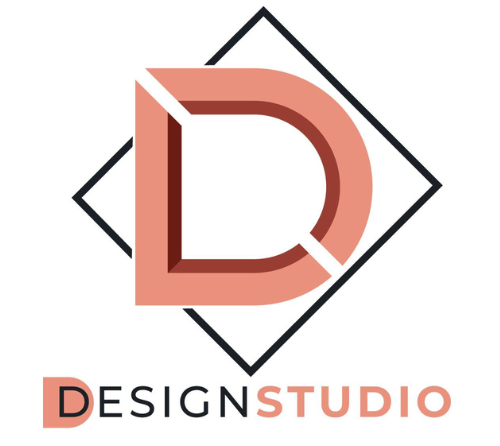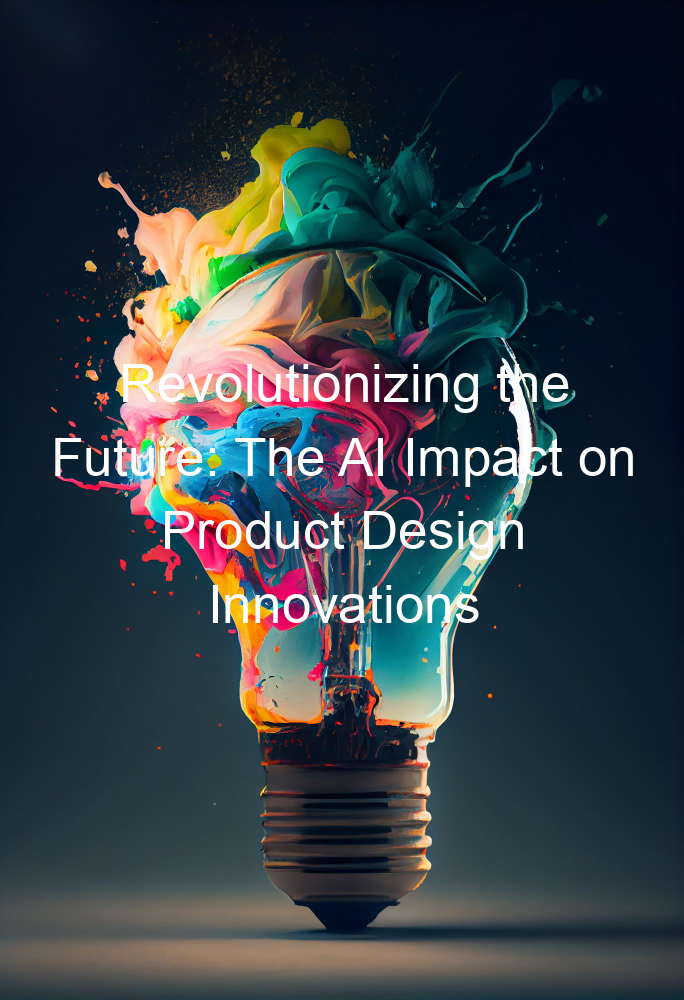Introduction: The AI Revolution in Product Design
Artificial Intelligence, or AI, has been making waves in various industries, and product design is no exception. This technology is revolutionizing the way designers work, creating new possibilities and challenges. Let’s dive into the world of AI and explore its impact on product design.
- Overview of AI in product design
- Current landscape of AI and design innovations
As we continue to explore the AI revolution in product design, we’ll delve into its future prospects, the impact it’s making, and how designers can embrace this exciting technology. Stay tuned!
The Future of AI in Design
Artificial Intelligence (AI) is rapidly transforming the world of design. It’s not just about futuristic concepts anymore; it’s here, and it’s making a big impact. Let’s dive into the exciting realm of AI-driven product design.
AI-Driven Product Design
AI-driven product design is a revolutionary approach that leverages the power of AI to create innovative, user-friendly, and efficient products. But what does it really mean? Let’s break it down.
- Understanding AI-driven product design
- Examples of AI-driven product design
As we can see, AI-driven product design is not just a buzzword; it’s a powerful tool that’s reshaping the design industry. And this is just the beginning. The future of AI in design looks bright, with endless possibilities for innovation and improvement.
Future Product Design Trends
As we look ahead, there are two major trends shaping the future of product design. Let’s explore how artificial intelligence (AI) is revolutionizing industrial design and design technology.
- AI in Industrial Design
Industrial design is a field that’s ripe for AI innovation. AI can help designers create better, more efficient products by analyzing vast amounts of data and making predictions based on patterns. For example, AI can analyze how a product is used and suggest design improvements to make it more user-friendly.
AI can also help with prototyping and testing. Instead of creating physical prototypes, designers can use AI to create virtual models and run simulations to see how a product will perform under different conditions. This can save time and resources, and lead to better products.
- AI and Design Technology
AI is also making waves in design technology. For instance, AI-powered design tools can automate routine tasks, freeing up designers to focus on more creative aspects of their work. These tools can also learn from designers’ actions and suggest design elements based on past choices.
Moreover, AI can help designers understand user behavior. By analyzing user data, AI can provide insights into how people interact with products, which can inform design decisions. For example, if AI analysis shows that users often struggle with a particular feature, designers can redesign that feature to make it more intuitive.
In conclusion, AI is set to play a big role in the future of product design, offering exciting possibilities for innovation and efficiency. As designers, it’s important to stay informed about these trends and consider how we can incorporate AI into our work.
Impact of Artificial Intelligence on Design
Artificial Intelligence (AI) is changing the world in many ways. One of these is how we design products. Let’s explore this in more detail.
AI’s Role in Product Innovation
AI is playing a big role in product innovation. It’s helping designers create new products in ways we could only dream of before. Let’s look at how this is happening and some examples of it in action.
- How AI is shaping product innovationAI is shaping product innovation in many ways. For example, it can analyze data faster than a human can. This means it can spot trends and patterns that we might miss. It can also suggest new ideas based on this data. This can lead to new products that are better suited to what people want and need.AI can also help with the design process itself. It can create virtual models of products. These models can be tested and tweaked before a physical product is made. This can save time and money. It can also lead to better products, as problems can be spotted and fixed earlier.
- Case studies of AI in product innovationThere are many examples of AI being used in product innovation. One is the use of AI by car companies to design safer cars. They use AI to analyze crash data and suggest improvements. This has led to cars that are safer than ever before.Another example is in the fashion industry. Some companies are using AI to predict fashion trends. They use this information to design clothes that they know people will want to buy. This has led to increased sales and happier customers.
As you can see, AI is having a big impact on product design. It’s helping to create products that are better and more suited to what people want. And this is just the beginning. As AI continues to improve, its impact on product design is likely to grow even more.
AI in Design and Manufacturing
Artificial Intelligence (AI) has been making waves in various industries, and design and manufacturing are no exceptions. Let’s delve into how AI is revolutionizing these sectors.
- AI’s impact on design and manufacturing processes
- Future implications of AI in design and manufacturing
In conclusion, AI is set to revolutionize design and manufacturing, bringing about increased efficiency, innovation, and accessibility. The future indeed looks bright with AI.
Conclusion: Embracing the AI Revolution in Product Design
As we reach the end of our journey exploring the AI revolution in product design, it’s clear that this technology has already made a significant impact and promises even more exciting developments in the future. Let’s recap some of the key points we’ve learned and look ahead to what might be coming next.
- Key takeaways on the impact of AI on product design
- Future outlook on AI in product design
In conclusion, embracing the AI revolution in product design is not just about keeping up with the latest technology. It’s about unlocking new levels of creativity, efficiency, and user satisfaction. So let’s welcome the AI revolution and look forward to the amazing designs it will inspire in the future.






